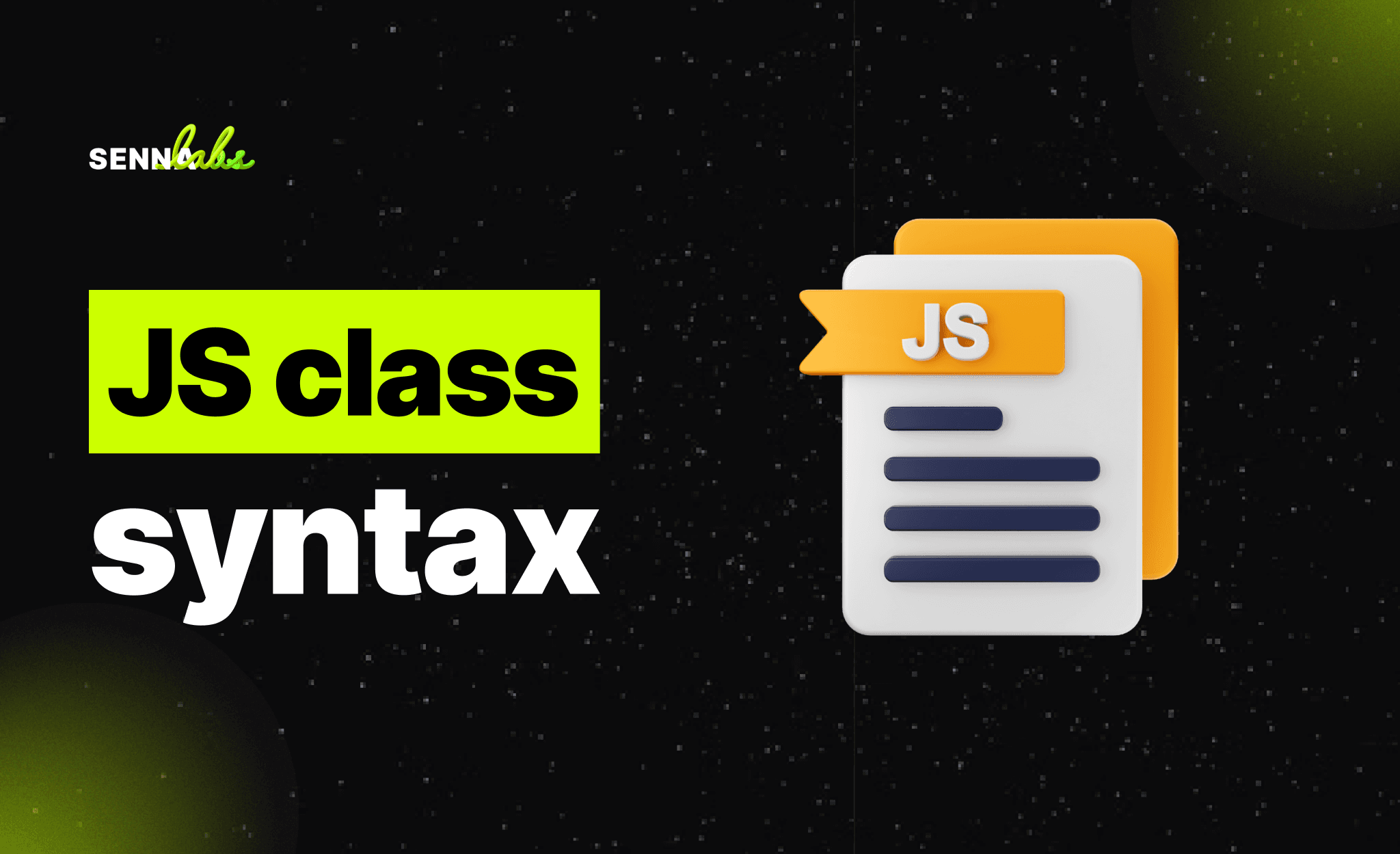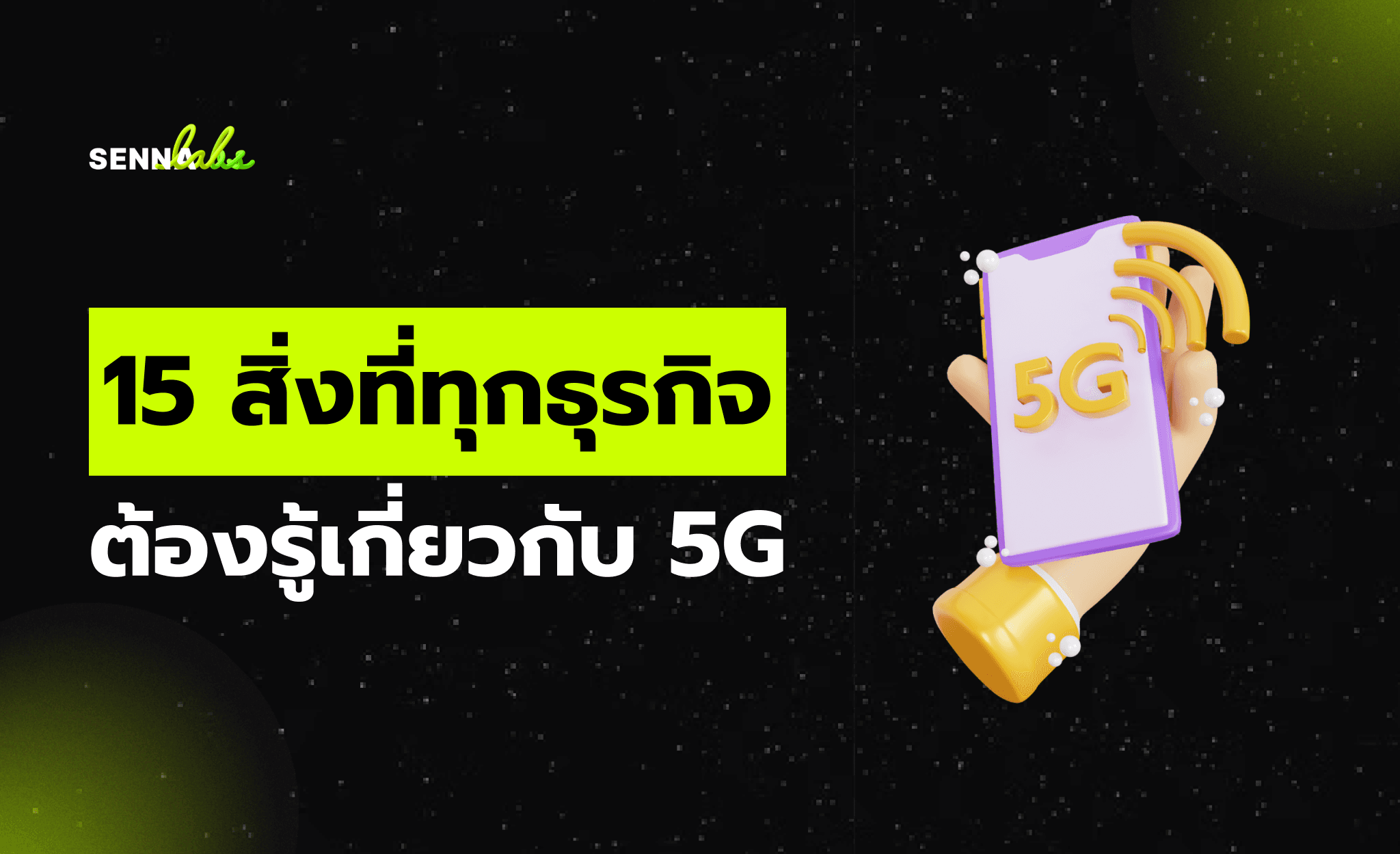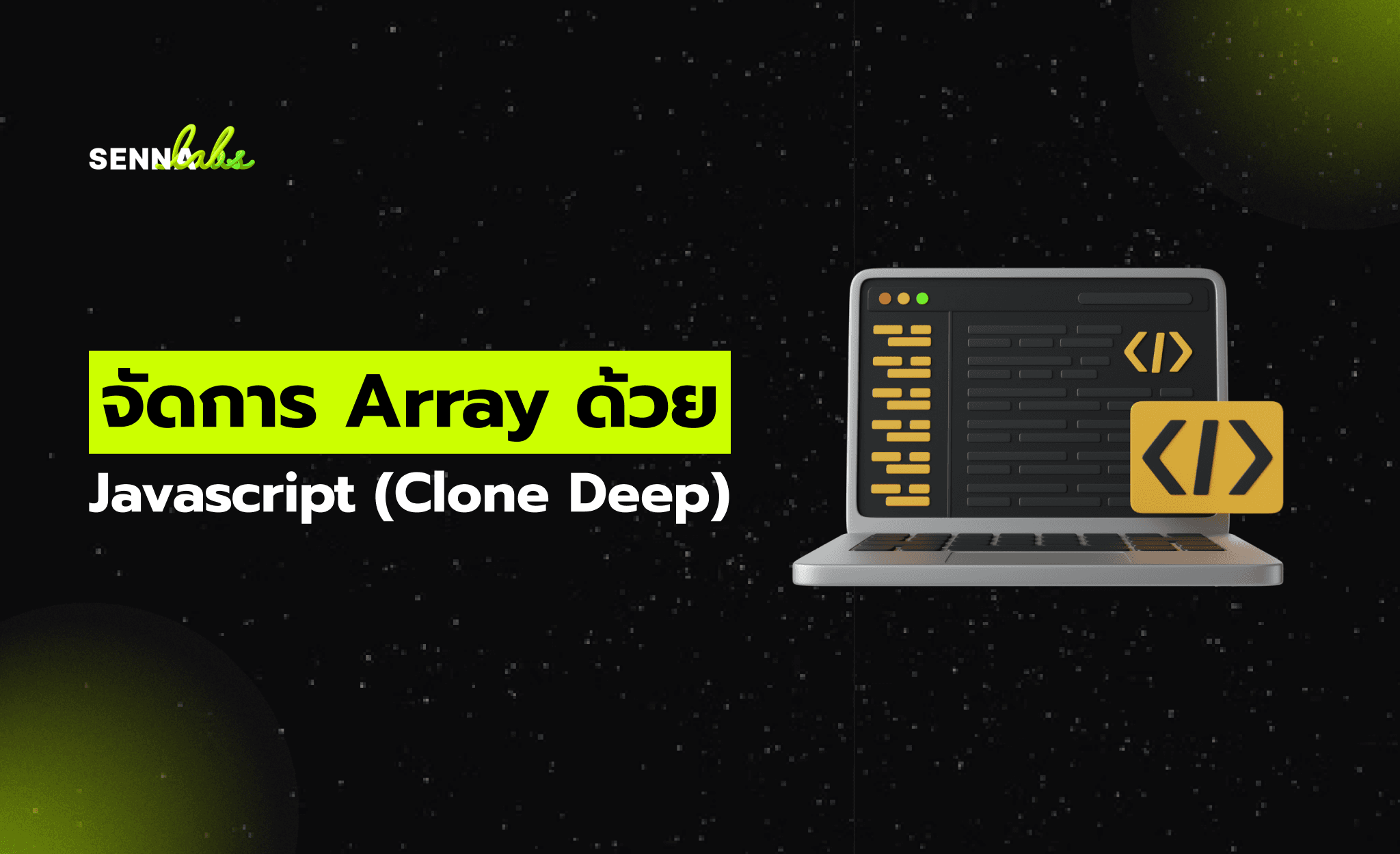Web 3.0 and Decentralized Websites: How Blockchain is Changing the Internet

The internet is evolving with the rise of Web 3.0, a decentralized and blockchain-powered version of the web that prioritizes user control, transparency, and security. Unlike Web 2.0, where centralized platforms control data and transactions, Web 3.0 enables peer-to-peer interactions, smart contracts, and decentralized applications (dApps), allowing users to have greater autonomy over their digital assets.
A practical example of this transformation is Mareads by Amarin Group, which integrates blockchain technology to allow authors to publish and sell books directly to readers, eliminating intermediaries and ensuring fair royalty distribution.
This article explores how Web 3.0 is revolutionizing website development, the role of blockchain in decentralization, and how businesses can integrate these technologies into their digital platforms.

What is Web 3.0?
Key Features of Web 3.0
-
Decentralization – Data is stored across distributed networks instead of centralized servers.
-
Blockchain-Based Transactions – Uses smart contracts to facilitate secure and automated transactions.
-
Tokenization and Digital Ownership – Supports NFTs (Non-Fungible Tokens) and decentralized identity solutions.
-
AI and Semantic Web – Enhances search accuracy and personalizes web experiences.
Comparison of Web 2.0 and Web 3.0
|
Feature |
Web 2.0 (Centralized) |
Web 3.0 (Decentralized) |
|
Data Ownership |
Controlled by platforms (Google, Facebook) |
Controlled by users via blockchain |
|
Content Hosting |
Stored on central servers |
Distributed across blockchain nodes |
|
Payments |
Uses traditional banking systems |
Uses cryptocurrency and smart contracts |
|
Security & Privacy |
Prone to data breaches |
Enhanced security with cryptographic encryption |
Blockchain and Decentralized Websites
Blockchain is a foundational technology of Web 3.0, enabling decentralized websites that operate without relying on traditional hosting providers or centralized control.
How Blockchain Powers Decentralized Websites
-
Decentralized Hosting – Websites are stored on distributed networks such as IPFS (InterPlanetary File System) instead of traditional web servers.
-
Smart Contracts – Automate transactions and business logic without the need for intermediaries.
-
Cryptographic Security – Prevents unauthorized data modifications and enhances transparency.
-
Tokenized Access – Users can own digital assets or earn tokens for contributing to the network.
Examples of Decentralized Platforms
-
Ethereum – Enables smart contracts and dApps for secure web transactions.
-
Filecoin and IPFS – Provide decentralized storage and hosting solutions.
-
ENS (Ethereum Name Service) – Replaces traditional domain names with blockchain-based addresses (e.g., yourname.eth).
Real Use Case: Mareads by Amarin Group
Mareads, a digital publishing platform by Amarin Group, is integrating blockchain technology to empower authors by eliminating traditional publishing gatekeepers.
Challenges in Traditional Publishing
-
High Publishing Fees – Authors lose a significant portion of revenue to publishers and distribution platforms.
-
Lack of Transparency in Royalties – Authors often receive delayed and unclear payments from publishers.
-
Risk of Content Censorship – Centralized platforms control content visibility and revenue sharing.
How Mareads Uses Blockchain
-
Direct Publishing and Royalty Payments – Smart contracts ensure that authors receive instant and fair royalties whenever a book is purchased.
-
NFT-Based Book Ownership – Readers can buy books as NFTs, verifying ownership and enabling resale.
-
Decentralized Storage – Books are stored on IPFS, reducing reliance on centralized cloud services.
Impact of Blockchain on Digital Publishing
-
Eliminates intermediaries, increasing author earnings
-
Ensures transparency in royalty distribution
-
Provides permanent digital ownership for readers
-
Enables censorship-resistant publishing
The Benefits of Web 3.0 for Businesses and Developers
1) Enhanced Data Privacy and Security
-
No single entity controls data storage, reducing the risk of breaches.
-
Users have control over their personal data with blockchain identity solutions.
2) Transparent and Trustless Transactions
-
Smart contracts enable automated and verifiable payments without intermediaries.
-
Eliminates the risk of chargebacks and fraudulent transactions.
3) New Monetization Models Through Tokenization
-
Businesses can create tokenized reward systems for customer engagement.
-
Developers can earn cryptocurrency for contributing to decentralized projects.
4) Censorship Resistance and Content Freedom
-
Unlike Web 2.0 platforms that control content, decentralized websites prevent content censorship and allow users to have full control over their digital assets.
How to Build a Decentralized Website
1) Choose a Blockchain for Development
-
Ethereum – Supports smart contracts, dApps, and tokenization.
-
Solana – Provides high-speed, low-cost transactions.
-
Polygon – Offers a scalable solution for Ethereum applications.
2) Use Decentralized Storage Solutions
-
IPFS (InterPlanetary File System) – Distributes website data across multiple nodes.
-
Filecoin – Provides secure blockchain-based cloud storage.
3) Implement Cryptocurrency Payments
-
Integrate MetaMask or WalletConnect for accepting crypto transactions.
-
Use stablecoins (USDT, USDC) to minimize volatility risks.
4) Develop Smart Contracts for Transactions
-
Automate payments, content licensing, and digital ownership verification.
5) Register a Decentralized Domain Name
-
Use Ethereum Name Service (ENS) or Handshake for blockchain-based domain names.
Challenges and Considerations in Web 3.0 Development
While Web 3.0 offers enhanced security, decentralization, and transparency, businesses must navigate some challenges:
1) User Adoption and Education
-
Many users are unfamiliar with blockchain wallets and decentralized identity management.
2) Scalability Issues
-
Blockchain networks like Ethereum can have high transaction fees (gas fees) during peak usage.
3) Regulatory Uncertainty
-
Governments are still defining laws for cryptocurrency transactions, NFTs, and data privacy.
4) Development Complexity
-
Requires knowledge of smart contract programming (Solidity), Web3.js, and blockchain infrastructure.
Conclusion:
The transition from Web 2.0 to Web 3.0 is redefining digital transactions, business models, and data ownership. Companies like Mareads by Amarin Group showcase how blockchain-powered publishing can eliminate intermediaries, ensure transparent payments, and empower content creators.


Subscribe to follow product news, latest in technology, solutions, and updates
Other articles for you



Let’s build digital products that are simply awesome !
We will get back to you within 24 hours!Go to contact us Please tell us your ideas.
Please tell us your ideas.







